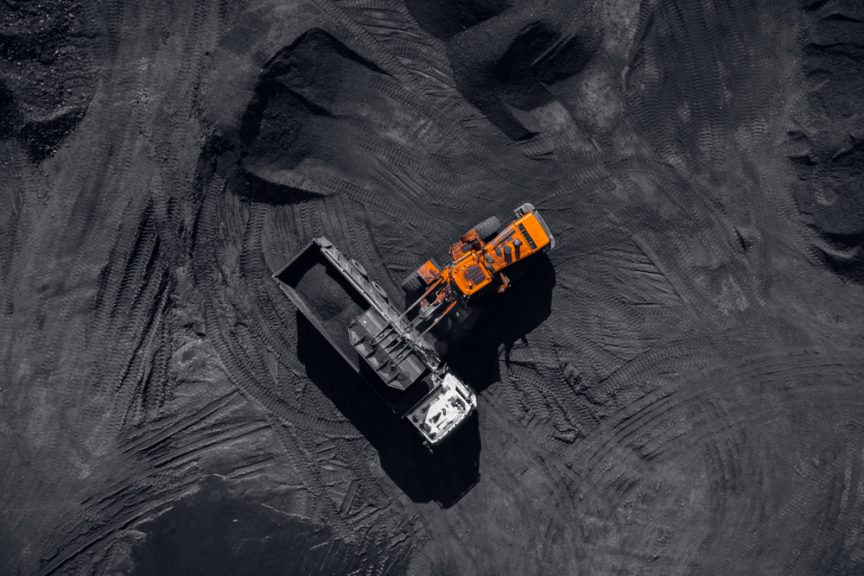As union leaders push for updated MSHA silica dust standards, advanced dust control products offer a comprehensive solution.
In a letter sent on June 19th to Mine Safety and Health Administration leader David Zatezalo, Cecil Roberts of the United Mine Workers of America and Leo Gerard of United Steelworkers requested that the organization update its standards for respirable silica dust. The union presidents cited concerns over health effects in their letter as they seek to work with MSHA to ensure a safe workplace for miners and steelworkers.
For its part, MSHA intends to release a Request for Information on respirable crystalline silica — a move that was announced in the Department of Labor’s Spring 2019 regulatory agenda. The RFI will seek to better understand what can be done to reduce workers’ exposure to the substance on or around worksites.
Silica dust is a respirable crystalline compound that is often produced during activities such as jackhammering, drilling, and the operation of heavy machinery — all activities miners conduct on a daily basis. With union leaders and MSHA starting the conversation around updated silica dust standards, it’s clear that industrial stakeholders should consider what dust control products they can invest in that protect workers and contribute to an environmentally safe workplace.
Union Leaders Seek Updated Standards
In their joint letter to Zatezalo, Roberts and Gerard point out that MSHA’s current silica dust standard has not been updated since 1985, and, as such, “is in desperate need of revision.” By doing so, the union presidents contend that MSHA can protect workers’ health and make sure their members benefit from the same regulations as employees in other industries.
Roberts and Gerard also underscore that updated standards are necessary because of new developments in their respective industries. For example, they explain how slope mining may expose workers to silica dust more than other activities. The recent practice involves miners cutting through sandstone to reach coal seams, a process that puts high amounts of respirable crystalline silica into the air.
Additional Union Requests
Beyond updating silica dust standards, Roberts and Gerard make additional recommendations in the letter for MSHA going forward. For starters, they urge Zatezalo to implement a new NIOSH tool that assesses workers’ exposure to silica after every shift on top of sampling more miners to understand how much silica dust the average worker is exposed to.
The letter also asks MSHA to pay special attention to industrial practices that produce particularly high concentrations of silica dust. In addition to slope mining, these practices include cutting overcasts and high amounts of rock within coal seams. Finally, Gerard and Zatezalo recommend that MSHA work with the medical community in order to protect worker health.
How Dust Control Can Help
For union leaders and MSHA officials, determining what regulations will best serve the mining industry will take time — as will the implementation process once those regulations are standardized. Until then, industry stakeholders would be wise to prepare for more stringent silica dust standards aimed at protecting workers’ health and creating environmentally friendly worksites.
To do so, mining outfits and other facilities will need to invest in dust control products developed by expert scientists and applied by trusted experts — in other words, they need to partner with Midwest Industrial Supply, Inc. With a suite of dust control products backed up by more than 40 years of experience, Midwest is uniquely capable of providing mining worksites with the resources they need to protect workers and the environment. By handling every step of the assessment, implementation, and maintenance process, Midwest can ensure your mining operation complies with all current and future regulations.


